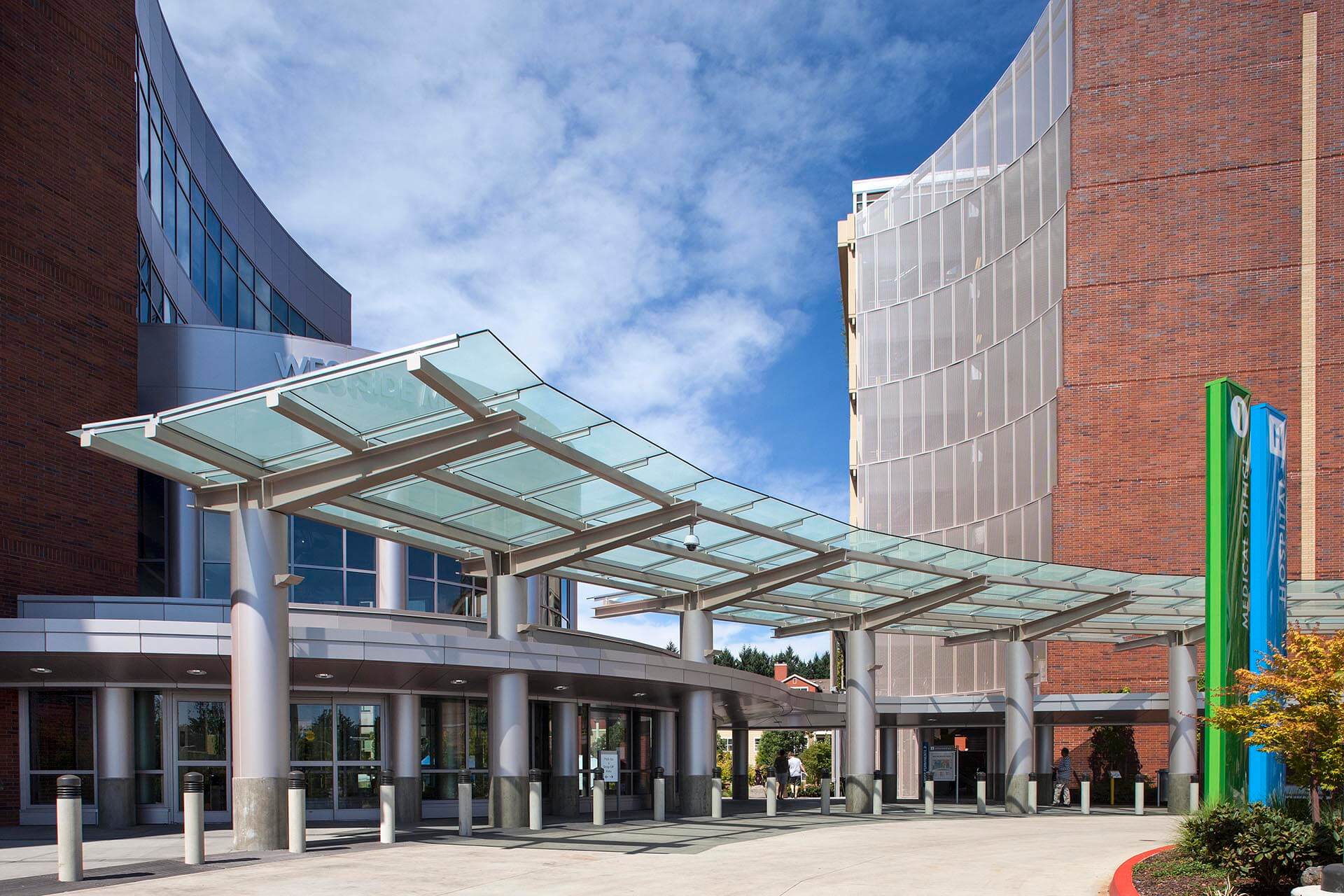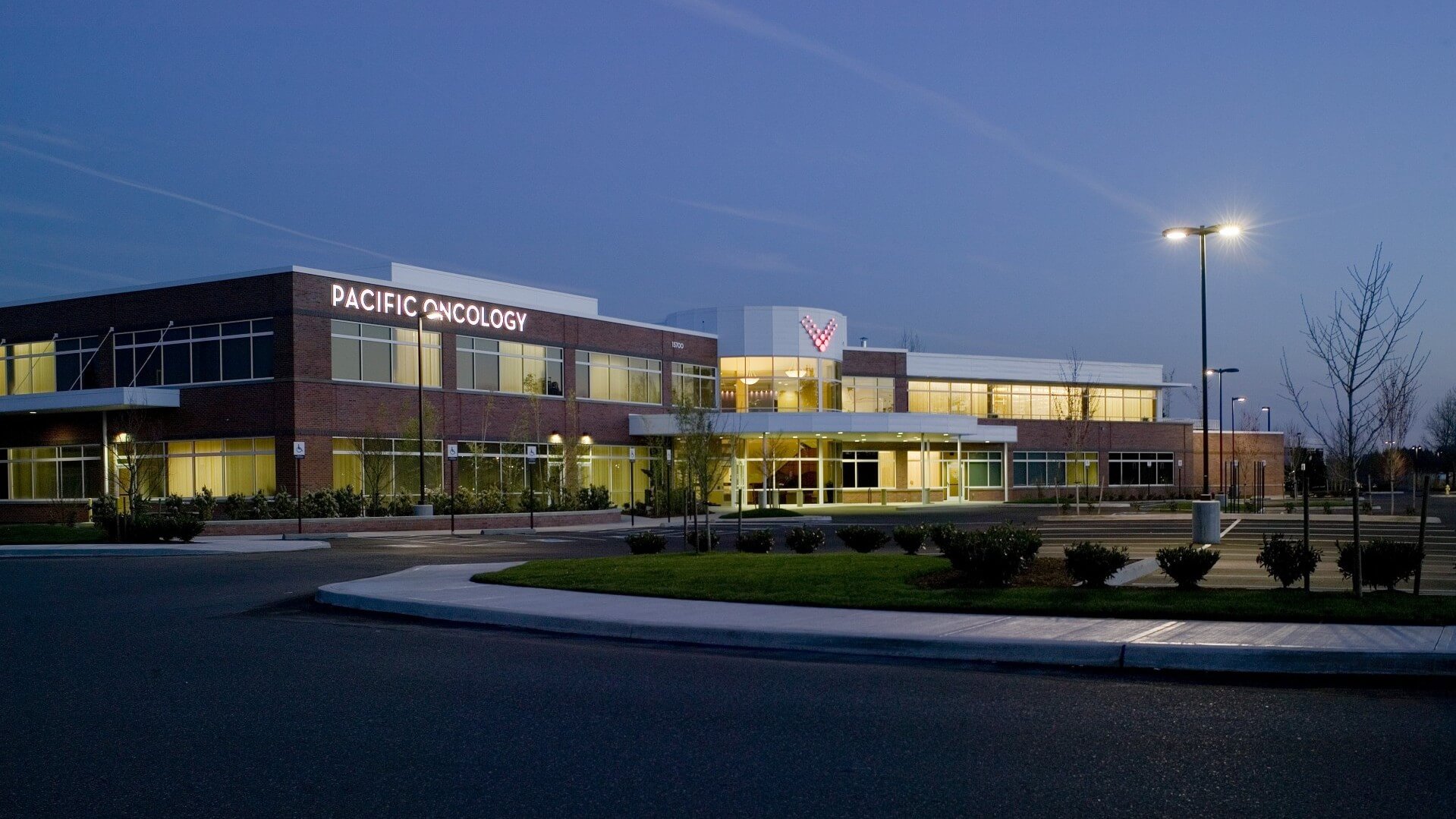
THE PROBLEM




OUR PROCESS
THE SOLUTION




THE RESULT
Med/Surg Beds
Square Feet
KW Solar Array
Gallons of Water Saved
Metric Tons Of Greenhouse Gases Reduced
Money Saved In Annual Cost
Parking Spaces
Percentage Reduction In Lighting Load
Percentage Recycled Waste from Construction







